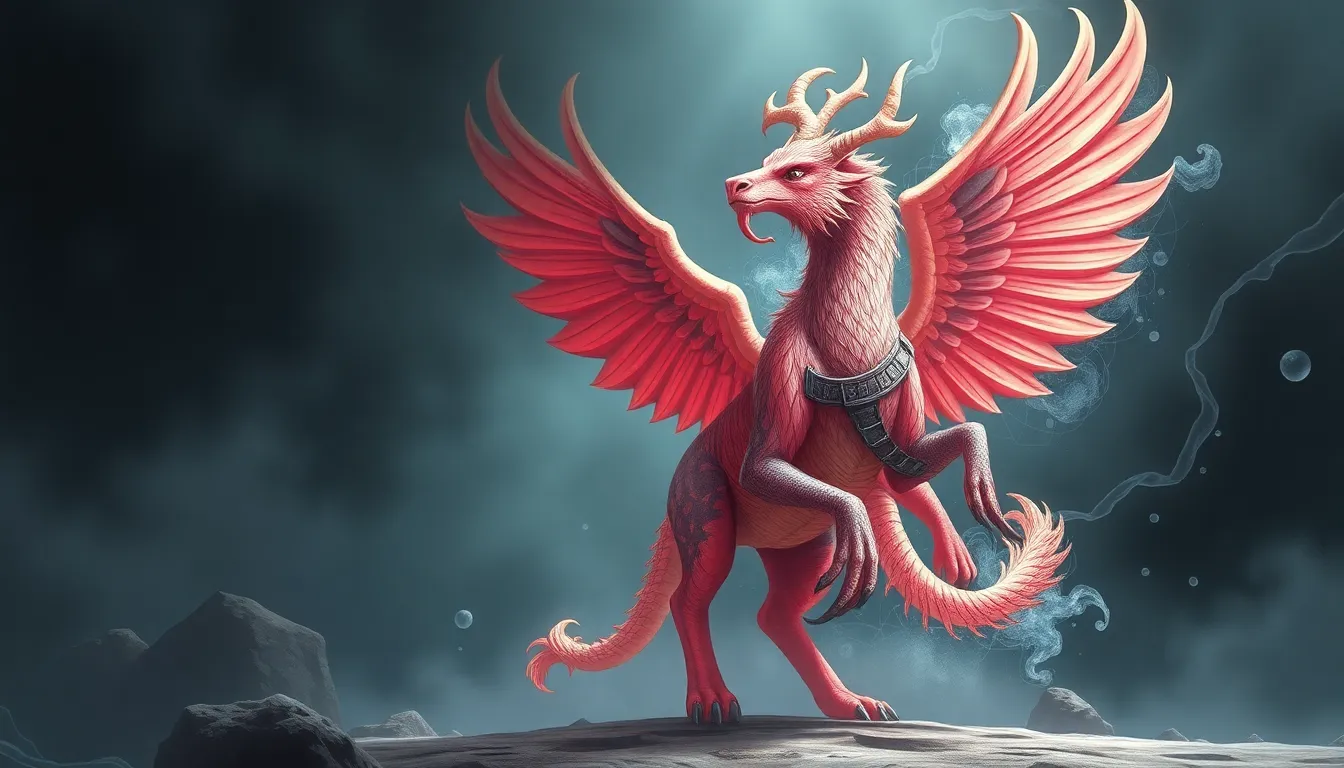The Chimera in Children’s Education: Teaching Through Myth
I. Introduction
The Chimera, a fearsome creature from Greek mythology, is often depicted as a monstrous hybrid with the body of a lion, a goat’s head protruding from its back, and a serpent for a tail. This fantastical being represents not only the imagination of ancient storytellers but also serves as a rich symbol for teaching complex ideas to children.
The concept of teaching through myth has been a long-standing practice across cultures, allowing educators to convey profound truths and moral lessons in an engaging format. This article explores the significance of the Chimera in children’s education, emphasizing how myths can be powerful educational tools.
II. The Role of Myth in Culture and Education
Myths have played a crucial role in human culture throughout history, serving as a means of explaining the unexplainable, imparting moral lessons, and preserving cultural heritage. Across various societies, myths have been used to:
- Explain natural phenomena
- Establish societal norms and values
- Provide a sense of identity and belonging
In the context of education, storytelling, particularly through myths, has a profound psychological impact on children. Engaging narratives help children to:
- Understand complex ideas and concepts
- Develop empathy by connecting with characters
- Enhance their imagination and creativity
Moreover, myths serve as effective tools for moral and ethical education, illustrating the consequences of actions and the importance of virtues such as courage, honesty, and kindness.
III. The Chimera as a Symbol of Complexity
The Chimera, with its blend of different animal parts, symbolizes complexity and diversity. This creature challenges the notion of singularity, encouraging an understanding that:
- Life is multifaceted
- Differences can coexist harmoniously
- Acceptance of diversity enriches our experiences
Through the story of the Chimera, children can learn valuable lessons about embracing differences and the importance of acceptance in a diverse world. It can spark discussions about various aspects of identity, encouraging children to appreciate their own uniqueness and that of others.
IV. Integrating Myth into the Curriculum
Incorporating myths into the curriculum can enhance learning across various subjects. Here are some strategies for educators:
- Literature: Analyze mythological texts, encouraging students to explore themes and characters.
- Art: Use mythological stories as inspiration for creative projects, such as painting or sculpture.
- History: Teach the historical context of myths, examining their origins and impacts on culture.
It is essential to adapt mythological stories to be age-appropriate, ensuring that younger children receive simplified versions while older students can engage with more complex texts. Examples of successful programs that utilize myth in education include:
- Mythology-themed summer camps
- Creative writing workshops based on mythological narratives
- Multimedia projects that explore myths from various cultures
V. Benefits of Teaching Through Myth
Teaching through myth offers numerous benefits for children’s educational development:
- Enhancing creativity and imagination: Mythical stories inspire students to think creatively and envision new possibilities.
- Fostering critical thinking and problem-solving skills: Analyzing myths encourages students to think critically about characters’ decisions and outcomes.
- Building cultural literacy and historical awareness: Myths provide insights into different cultures, fostering a sense of global citizenship.
VI. Challenges and Considerations
While integrating myths into education is valuable, it is crucial to address certain challenges:
- Addressing misconceptions: Educators must clarify myths to avoid perpetuating inaccuracies or stereotypes.
- Balancing content: It is important to complement mythological content with factual information to provide a well-rounded perspective.
- Ensuring inclusivity: When selecting myths, educators should consider a diverse range of stories to represent various cultures and perspectives.
VII. Case Studies: Success Stories from Around the World
Several schools and educators around the globe have effectively used myth in their teaching, yielding positive results:
- The Mythology Project: A program in the United States that integrates myth into the curriculum through interdisciplinary approaches.
- Global Mythology Workshops: Workshops conducted in various countries that focus on storytelling and creative expression through myths.
Testimonials from students and parents highlight the impact of learning through myth, emphasizing increased engagement and a deeper understanding of cultural narratives. A comparative analysis reveals that myth-based education fosters a rich learning environment, encouraging respect for diversity.
VIII. Conclusion
In summary, teaching through myth, particularly the story of the Chimera, offers a unique opportunity to engage children with complex ideas and ethical lessons. Myths serve as powerful educational tools that can enhance creativity, foster critical thinking, and build cultural awareness.
Educators are encouraged to embrace the rich tradition of mythology in their teaching practices, utilizing stories like the Chimera to inspire and educate the next generation. Future research and practice in mythological education can further enhance its role in fostering understanding and acceptance in a diverse world.




